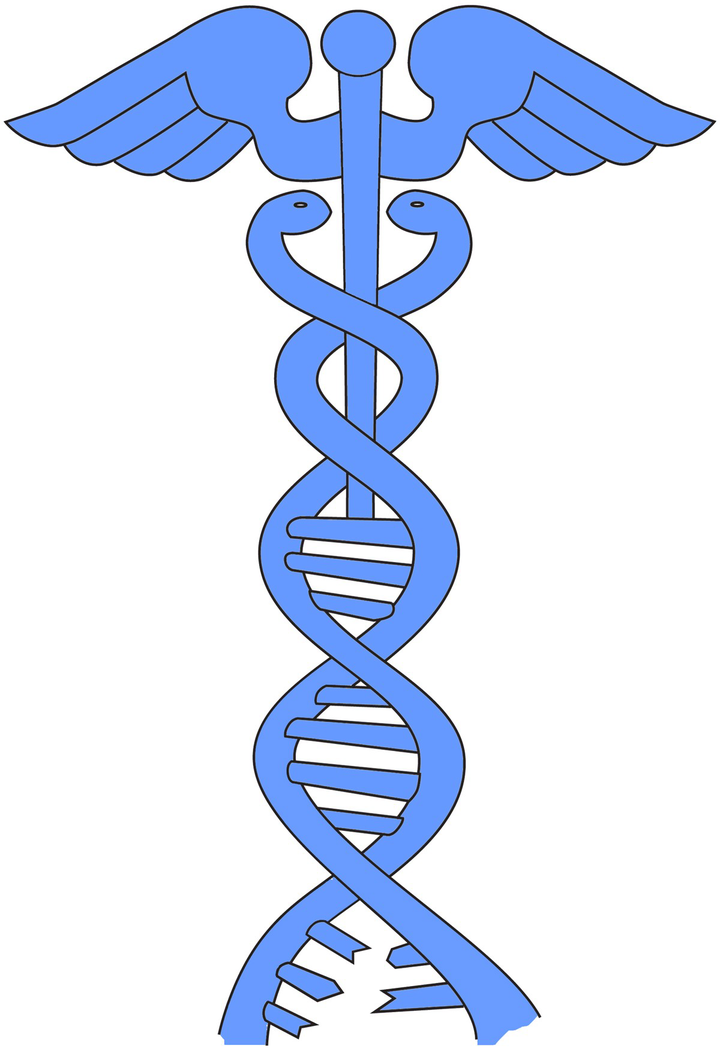DNA damage repair classifier defines distinct groups in hepatocellular carcinoma

Abstract
The prognosis of patients with hepatocellular carcinoma (HCC) remains poor, with a 5-year survival rate of 18%. While advancements have been made in pathophysiology and molecular characterization of HCC, a more robust and reproducible gene signature could provide a better understanding of the role of DNA repair in liver cancer. We curated panel of 199 DNA repair pathway genes representing fifteen DNA repair pathways. Leveraging The Cancer Genome Atlas (TCGA) HCC study (n=374), we assessed DNA repair expression patterns to provide a better understanding of the crucial role DNA repair plays in liver carcinogenesis and progression. We evaluated associations with clinicopathologic variables and risk factors by DNA repair classes. We developed a dynamic bimodal distribution RNA-based DNA repair signature that identified two groups in HCC based on DNA repair gene expression: Low repair and High repair. The Low repair group had increased expression of classical HCC tumor markers (ALB, HNFA), enriched in CTNNB1 mutations and lower grade tumors. High repair tumors showed high DNA repair activity, high grade, HBV positive status, and increased frequency of p53 mutant-like and TP53 mutation status. Liver regeneration and mitosis signatures were higher in High repair than the Low repair. Differences in p53 status underscores the importance of p53 in liver tissue homeostasis and tumorigenesis. High repair tumors have worse progression-free (HR 1.64, p=0.001) and overall (HR 1.64, p=0.006) survival compared to the Low repair group. Repair high and low HCC tumors have distinct biological features and provides a rationale for developing DNA-targeted therapies.